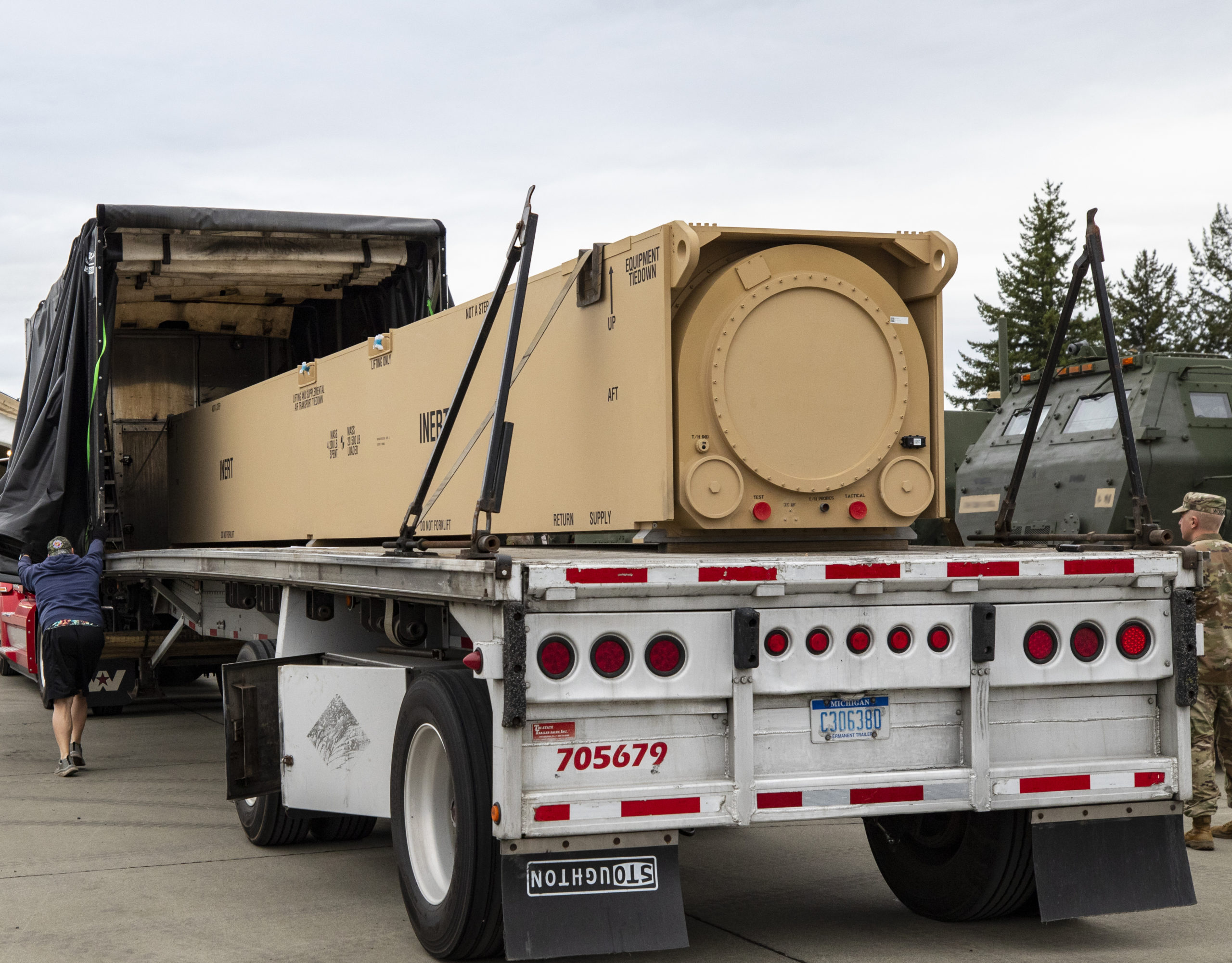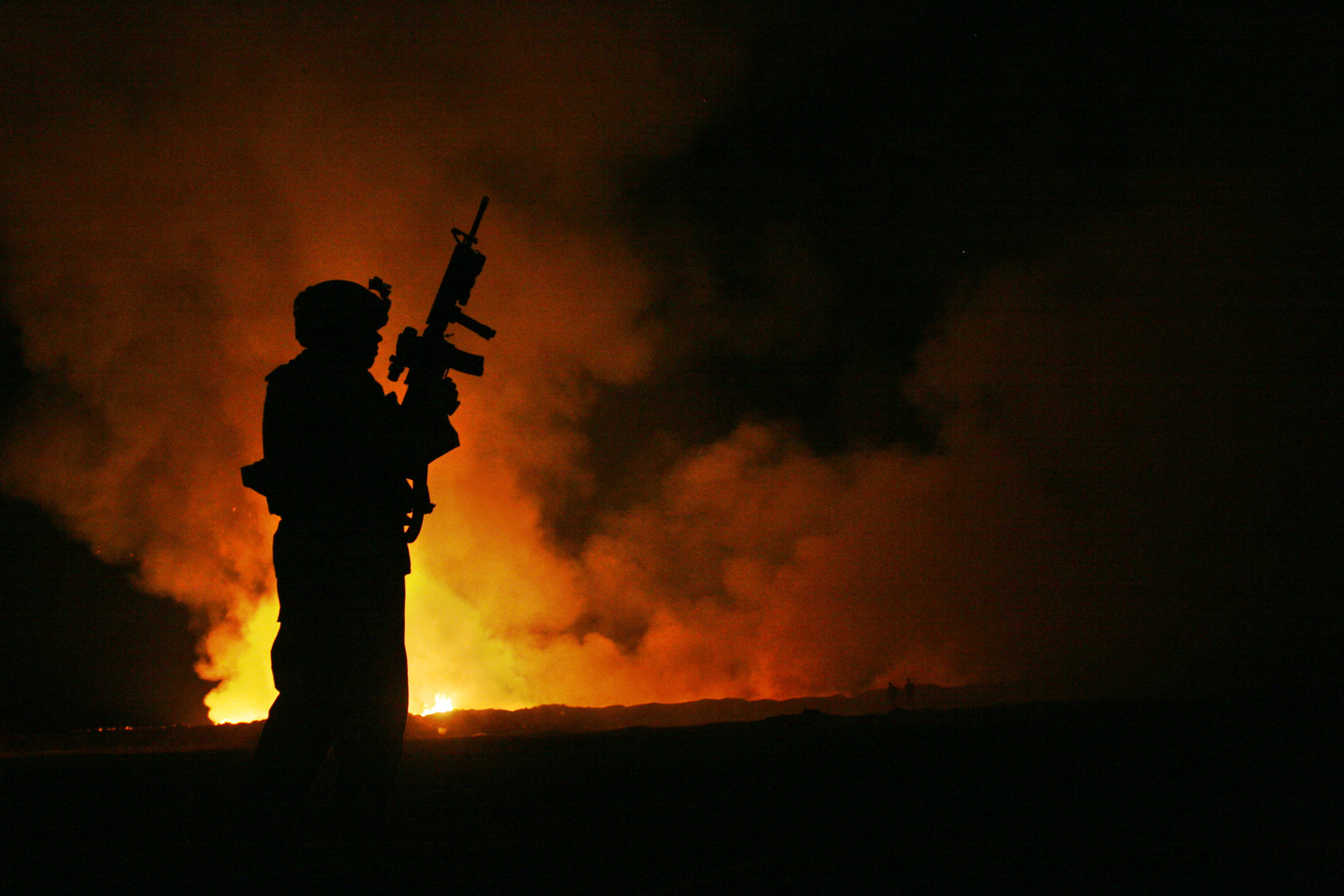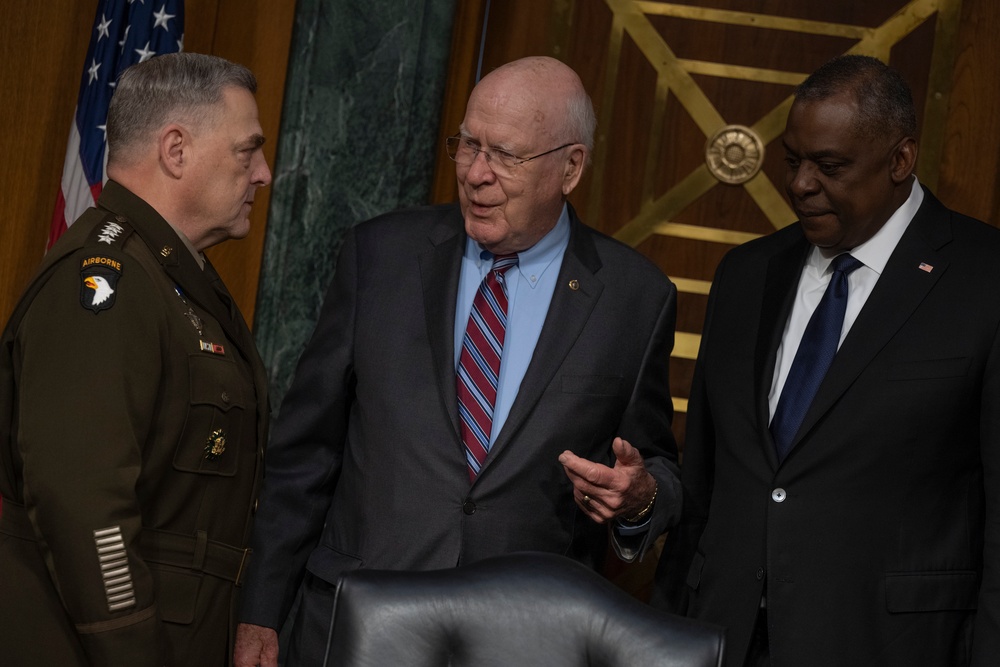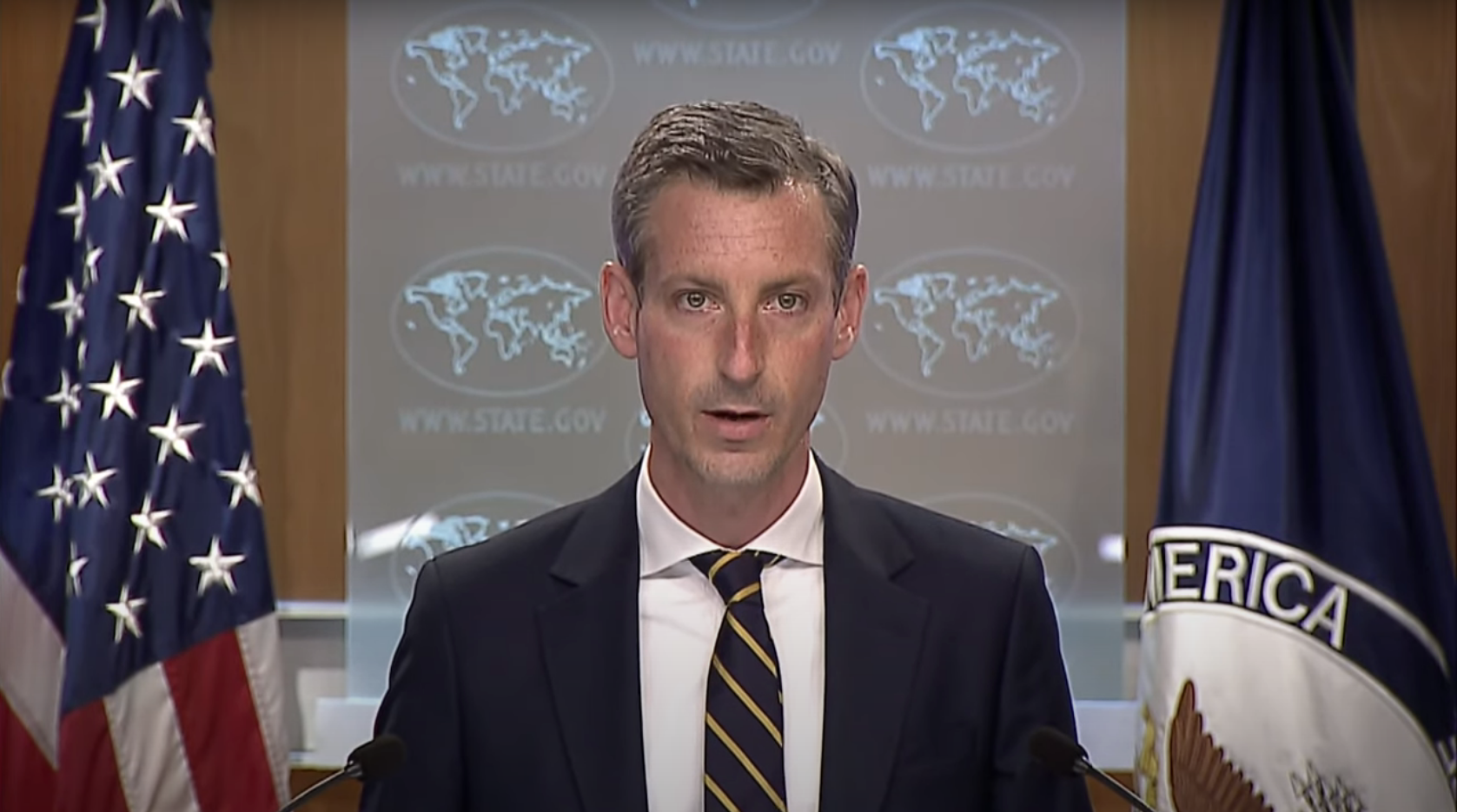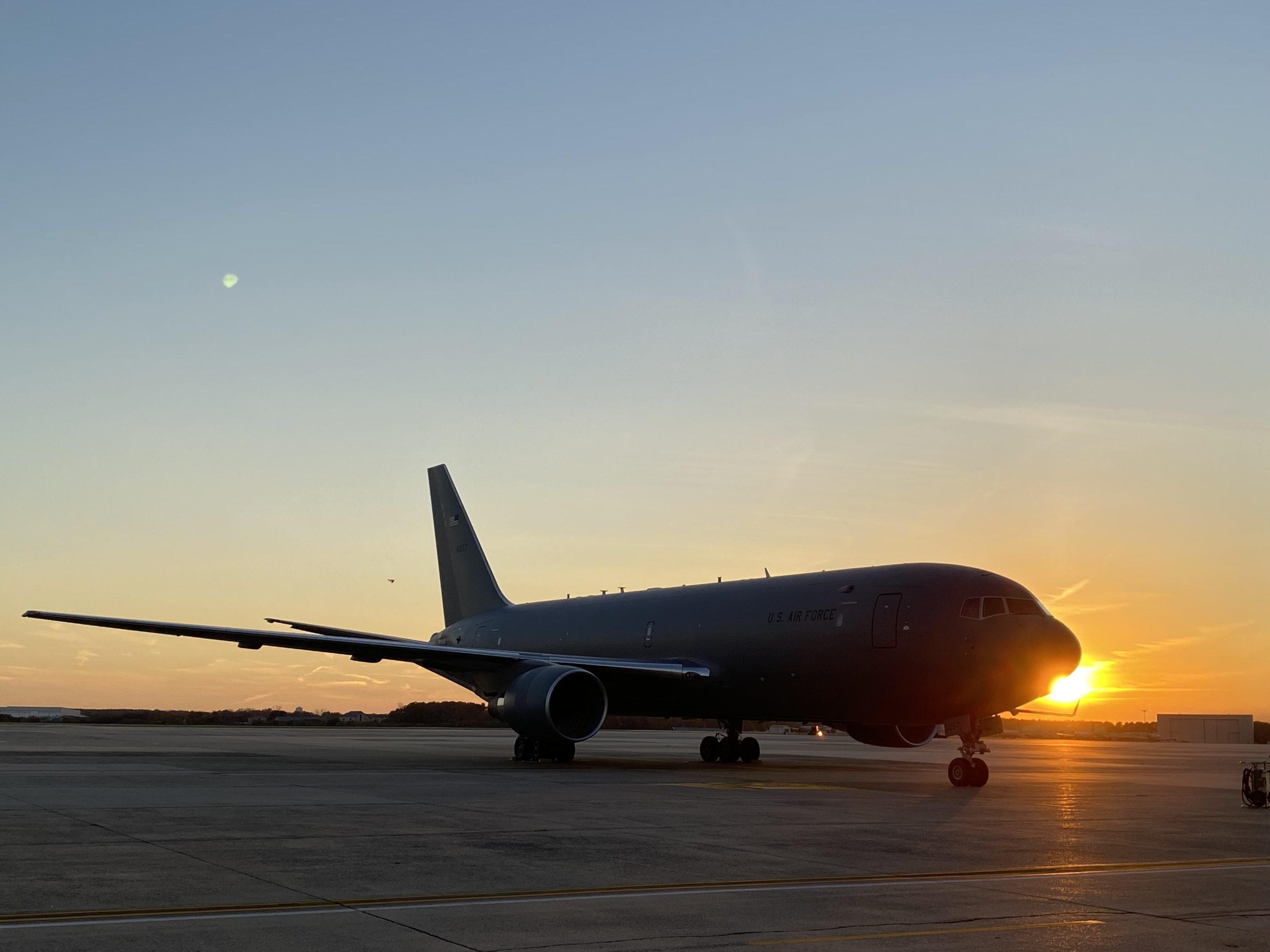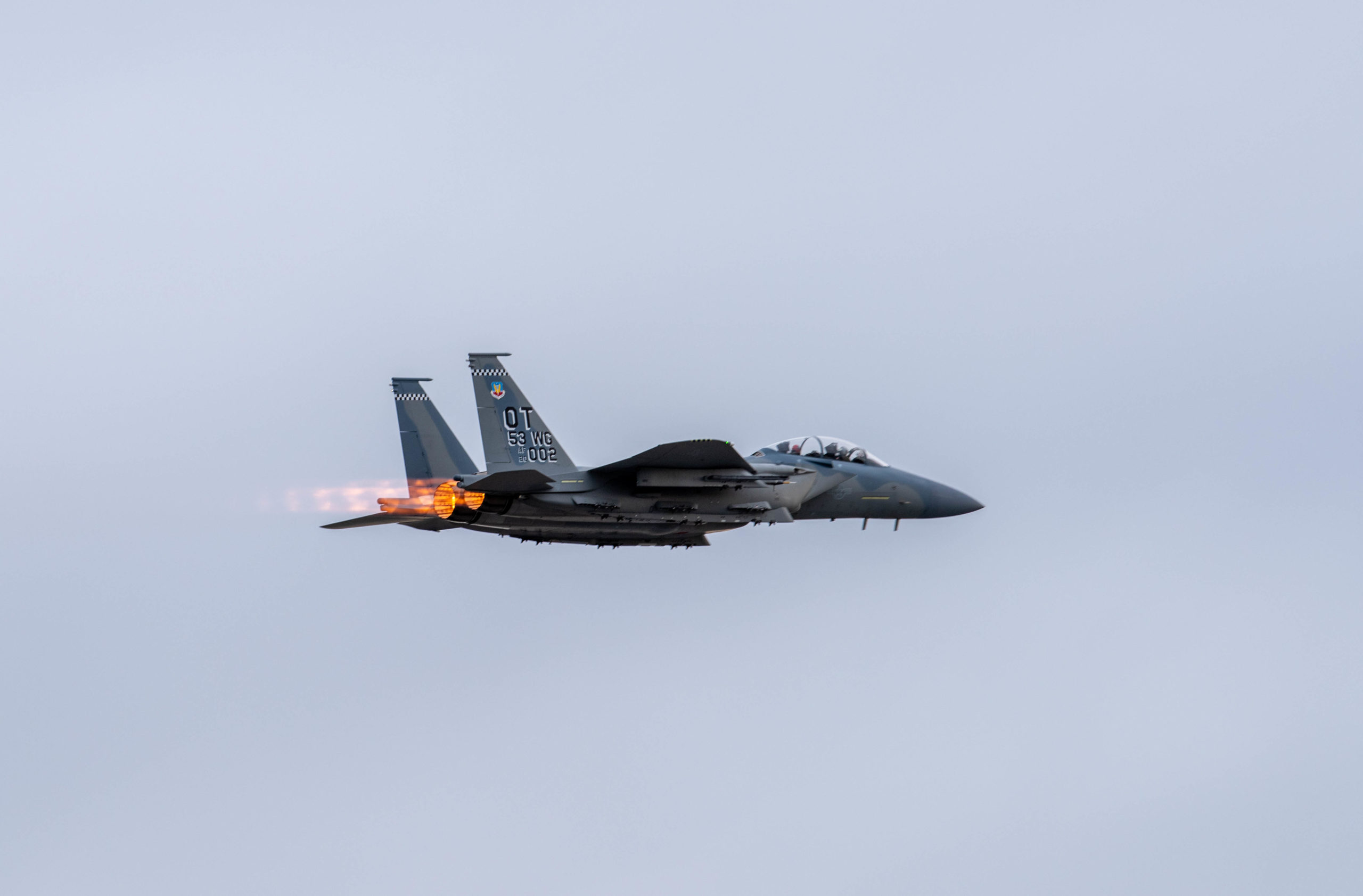The first battle-ready U.S. hypersonic weapon will be fielded within a year or two by the Army, and the Navy is not far behind, according to the Department of Defense official overseeing research into the emerging and disruptive technology.
The Army’s Long Range Hypersonic Weapon (LRHW) program has already fielded transporter-erector-launchers and other ground elements, noted Gillian Bussey, director of DOD’s Joint Hypersonics Transition Office. “The only thing that’s missing is the missile,” she said. But, “We’re looking at having that fielded in the next year or two.”
Bussey told attendees of the American Institute of Aeronautics and Astronautics Ascend space technology conference that the Army program will be the first U.S. hypersonic system “that will actually be deployed and … ready for use.” Bussey called it “a pretty successful effort.”
The Navy’s Conventional Prompt Strike system will follow close on the heels of the Army version because both programs use the Common Hypersonic Glide Body, which, as Bussey pointed out, was successfully tested last year and has now been transitioned into both programs.
For its part, the Air Force has yet to stage a successful all-up test of the AGM-183 Air-launched Rapid Response Weapon (ARRW), the service’s own boost-glide system. Bussey focused her presentation on the Air Force’s efforts to develop a scramjet—a supersonic combustion ramjet-powered hypersonic cruise missile—dubbed the Hypersonic Air-breathing Weapons Concept (HAWC), a smaller hypersonic system that could be launched from a fighter aircraft.
Without providing new details, she touted a successful Sept. 27 test of the Raytheon-built HAWC, powered by a Northrop Grumman scramjet. She also mentioned Southern Cross, a joint project with the Royal Australian Air Force to develop a scramjet-powered technology demonstrator for a hypersonic cruise missile.
“What’s really nice about this project is we’re able to leverage 15 years of collaboration in Australia in a number of technical areas,” she said.
HAWC and ARRW are both still in testing and technology development—Phase 1 of a four-phase process—that Bussey outlined, although she listed them as “transitioning” to Phase 2, which is prototyping. Phases 3 and 4—fielding and program of record—still lie ahead for all of DOD’s hypersonic weapons programs, she said.
“We think we’re well on track to having a program of record with some of those systems [that we’re prototyping],” she said. “And that’s where you get to this point, the significant quantities that we need to really make a difference on the battlefield.”
Defense experts both inside and outside government have noted that a future war will demand thousands of aimpoints for precision munitions, but only small handfuls of hypersonic systems are being bought at this stage.
Building such a number of hypersonic weapons won’t be possible if they’re too expensive, Bussey warned. Her boss, Undersecretary of Defense for Research and Engineering Heidi Shyu, told reporters Oct. 12 that the department needed “more affordable hypersonics” as current systems can be priced at tens of millions per unit.
The Pentagon’s total budget request in the 2022 fiscal year for hypersonics research was $3.8 billion, up $600 million from $3.2 billion the year before.
Bussey said hypersonic cruise missiles, “allow for a lower cost per mission and … for launch platform flexibility,” which can also keep costs down.
The Joint Hypersonics Transition Office, part of the Office of the Undersecretary of Defense for Research and Engineering, was set up with a $100 million budget by congressional mandate in 2019 after concerns that the services’ hypersonic development efforts were duplicative and inefficient. Congressional overseers, Bussey said, “were concerned that across the department, there were too many disparate efforts. We weren’t really getting the efficiency out of the dollars that we were spending, that technologies weren’t transitioning, so they really charged us with focusing on transition and jointness.”
Bussey said her office is also “focused on expanding the DOD hypersonics ecosystem” and has established a university consortium with $20 million in research grants to draw academics into research that would advance the hypersonics development agenda.
Both China and Russia are pursuing hypersonic weapons programs and claim to have made breakthroughs. Missiles that can maneuver at hypersonic speeds are considered very hard to intercept, which makes them a disruptive technology, according to defense analysts. The National Defense Strategy declared hypersonic weapons a top research-and-development priority alongside artificial intelligence, robotics, and directed energy.
